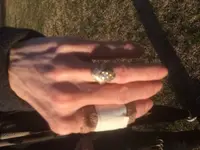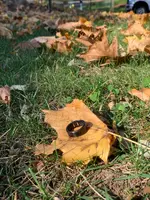jasonw77
Jr. Member
- Joined
- Dec 9, 2019
- Messages
- 29
- Reaction score
- 14
- Golden Thread
- 0
- Primary Interest:
- All Treasure Hunting
- #1
Thread Owner
Need some help, I have a equinox 800 and a neighbor just posted that she lost her ring that held a stone from her grandmother. It's a white gold ring and it was dropped yesterday. My wife asked I would help her find it with my detector and I agreed. Any suggestions on VDI numbers that I should keep an eye out for. I assume it shouldn't be deep into the ground, more likely in the grass. Any suggestions would be help so I'm not looking at everything that sounds off
Thanks
Thanks





